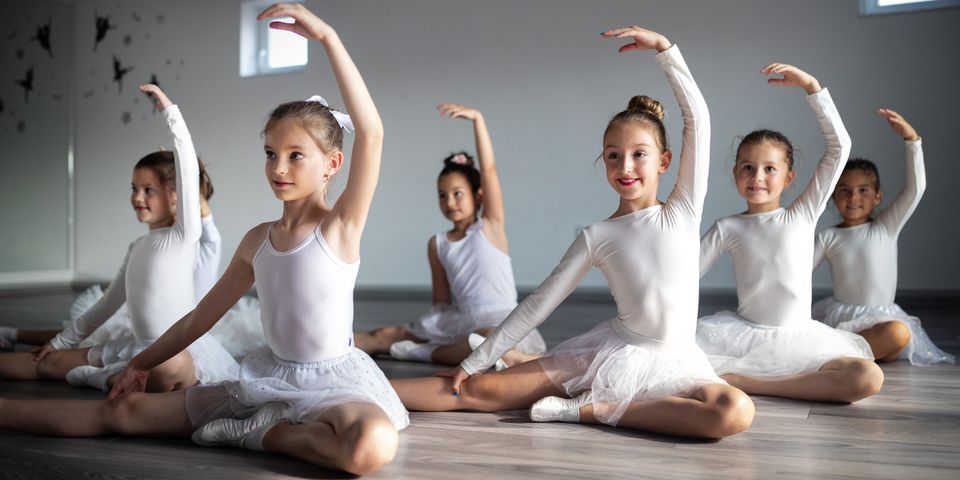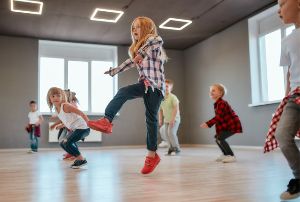The Importance of Dancing on a Sprung Marley Floor

Dance lessons provide a fun and productive way for children to exercise, make new friends, and express themselves. As with any physical activity, dance studios should take the proper precautions to ensure students are safe and comfortable. Having the right equipment, including a sprung Marley floor, is a key step in preventing injuries. The guide below explains what parents should know about sprung Marley floors.
What Are Sprung Marley Floors?
Most people think dancers work primarily on hardwood surfaces, but Marley is the preferred type of flooring for dance lessons, practice, and performance. It is a slip-resistant vinyl surface that is smooth enough to glide on but provides enough grip to help stop falls.
A sprung dance floor is a type of wood flooring that rests on high-density foam. The specialized design of crossed wood boards over foam provides a layer of shock absorption when dancers jump and land on the floor. When combined, a Marley surface over a sprung floor serves as the ideal space for dancing.
Why Are They Beneficial?

Sprung Marley floors are strategically designed to reduce the risk of injuries. Jumping and landing forcefully, incorrectly, or continuously on hard surfaces can damage joints and place excess stress on the feet, ankles, and knees. The force can cause injuries such as stress fractures, ankle sprains, shin splints, or tendinitis. This can be especially detrimental for children who are still growing. Falls are a major cause of growth plate fractures, an injury that causes the last part of a child's bones to harden. In rare cases, these injuries can lead to permanently short or misshapen bones.
Fortunately, sprung Marley dance floors can minimize these risks. One study showed that ballet dancers who landed on a sprung floor experienced less leg stiffness than when they performed on standard hardwood over concrete. In other words, a portion of the force from the landing was absorbed by the surface, reducing the impact and protecting dancers' legs from getting hurt.
The texture of the Marley surface also prevents injuries. A surface that is too slippery can easily lead to falls, while a sticky surface can limit motion and prevent gliding. Marley floors provide the perfect balance, allowing dancers to easily control their own turns and movements.
For safe and supervised dance lessons from experienced instructors, enroll your child at Bethesda Conservatory of Dance. Located in Montgomery County, MD, this award-winning studio offers a variety of dance classes for kids ages 2 and up, including creative movement, ballet, hip-hop, tap, and jazz. Your child will develop confidence, discipline, creative expression, and valuable dance skills in an encouraging and judgment-free environment. Visit their website to learn about available classes, then call (301) 654-2200 to discuss enrollment.
About the Business
Have a question? Ask the experts!
Send your question

